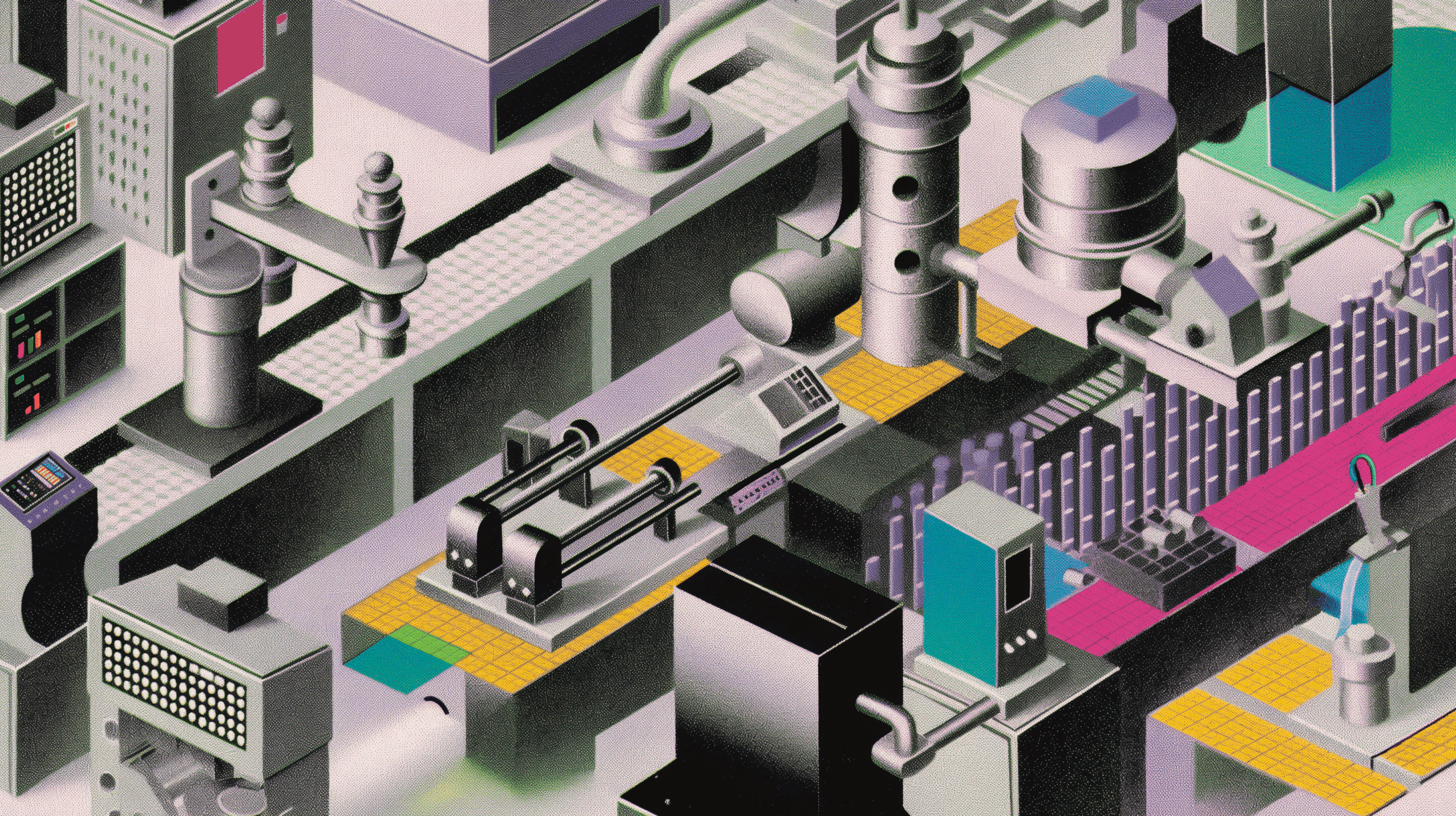In part 2 of " The How, what & why of Design Systems" - we're going to dive into why you need design systems.
Why Use a Design System?
Design systems are crucial to having structure - as well as a general rule of thumb. Of course, these can be adapted. However, Systems will allow your team to follow set procedures and guidelines without your intervention.
Benefits of Using a Design System
“Think of it a little like trying to build a house out of Lego, but instead of bricks, you’re given a single block of plastic, perfectly carved into the shape of a pre-built house. Great! Job done. But if you want a different house? You’re going to need a whole new house-shaped block. Wouldn’t it be nicer to have bricks that can be detached and reassembled as required?”
No Hand-Holding Required
A design system helps everyone easily understand the decisions made and provides a single source of truth. If built correctly, you can ship software with minimal guidance and without anyone as a blocker. This doesn’t mean you shouldn’t communicate, but a successful design system streamlines the process.
When you don’t have to design every component from scratch, it speeds up the process immensely. Reinventing the wheel every time is inefficient and time-consuming.
Consistency
It makes users uncomfortable if your products don’t all match. This inconsistency creates a brand that doesn’t seem unified and might send the wrong message to your audience. It's crucial for both your audience and your internal team. For enterprise companies, design systems reduce misinterpretation of specs by providing a single source of truth. This clarity includes consistent naming conventions and reusable styles, helping processes flow more easily among teams.
Improve the Workflow
A design system in place allows you to work faster, helping designers complete projects quickly and focus on other tasks like illustrations, animations, or learning new techniques. This system can significantly improve the workflow and take your product to the next level. For more tips on improving your workflow, visit our best practices to improve SaaS UI/UX design article.
Save Time and Money
If you’re not reworking the same elements every time, you’re saving both time and money. For freelancers billing clients by the hour, this means you can instead charge for other valuable work. For insights on cost management, see how much does UI design cost.
Spread Knowledge
If only one person holds all the knowledge of design decisions, it poses a high risk if they leave the company. The "bus count" measures risk based on how many people could "get hit by a bus." By spreading the knowledge, you lower this risk. For further reading on this topic, check out our top UI/UX agencies to work with.
For more information on design systems and their benefits, visit heartbeat and explore our UI/UX design for SaaS page.
